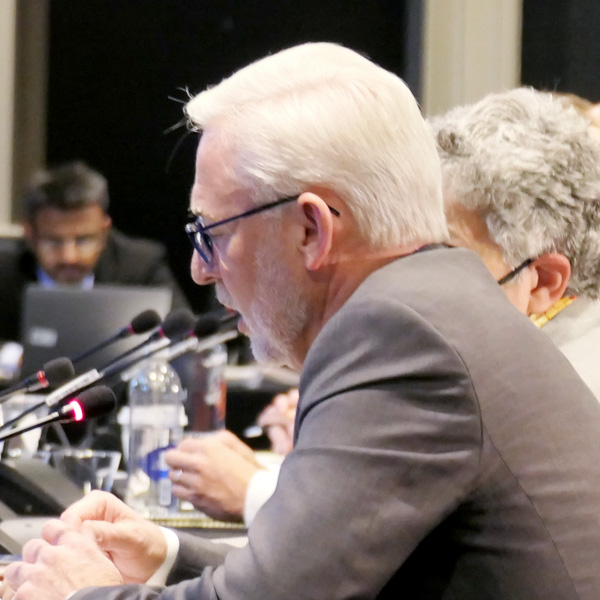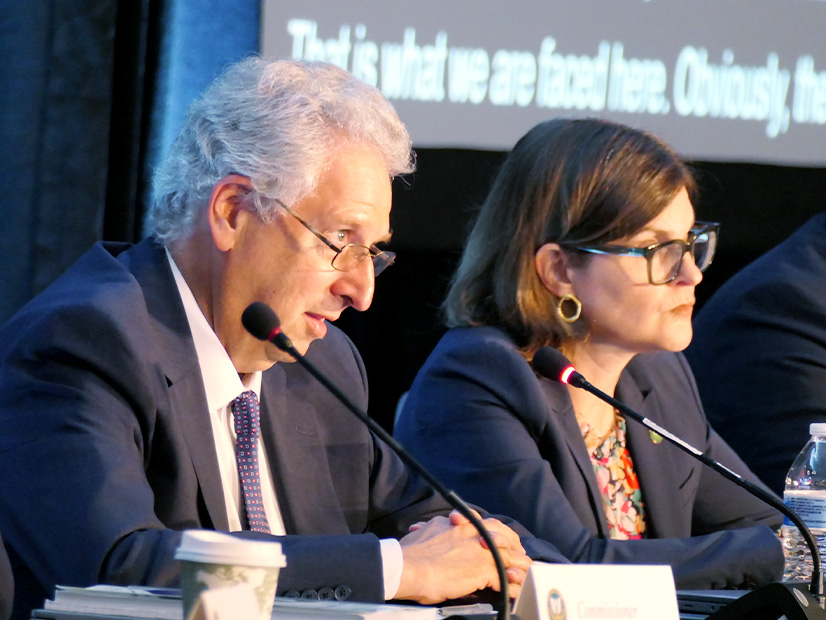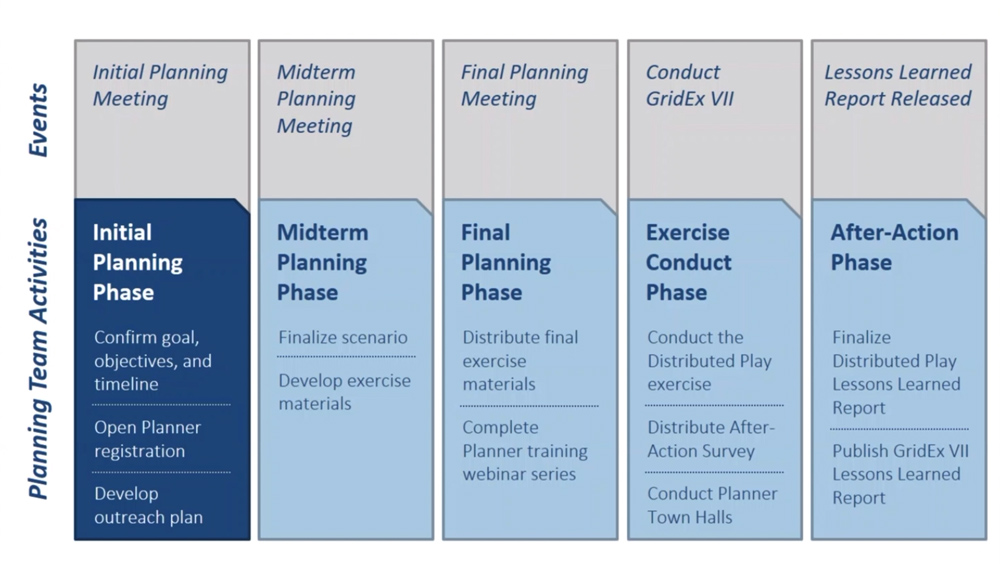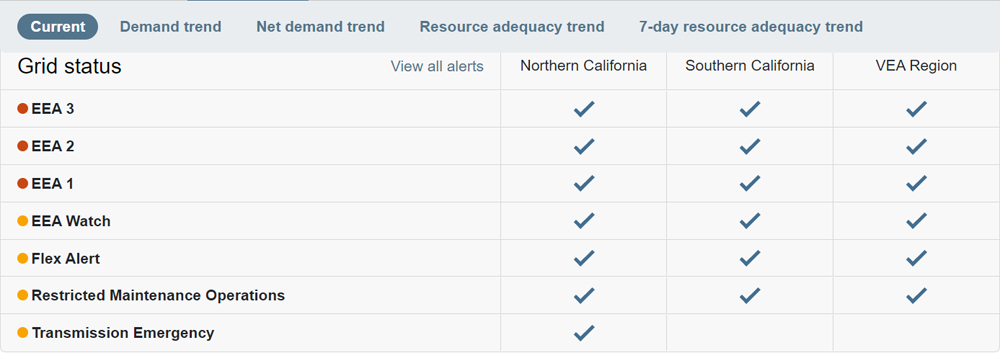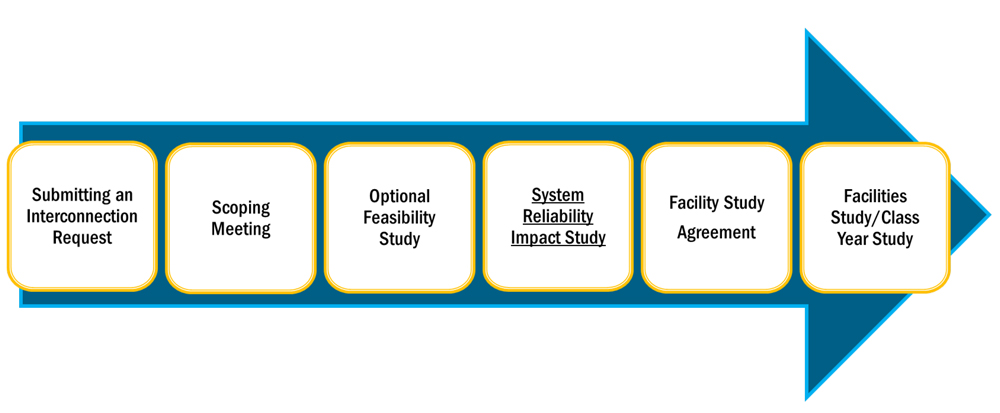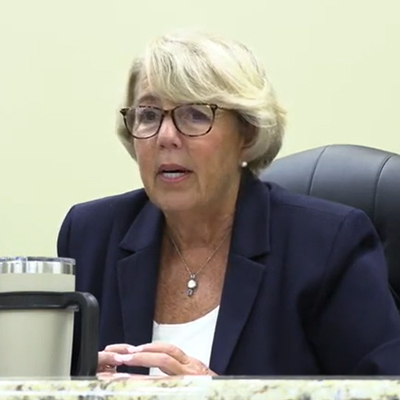California agencies will start soliciting applications early next year from private entities seeking a share of National Electric Vehicle Infrastructure (NEVI) funds to build public EV charging stations throughout the state.
The agencies plan to issue 20 solicitations during 2023 and 2024, which will encompass at least 864 DC fast chargers at 143 sites. The proposals will be solicited in four rounds, starting in the first quarter of next year and then spaced six months apart.
The solicitations were the subject of a pair of workshops last week hosted by the California Energy Commission (CEC) and the state’s Department of Transportation (Caltrans). The agencies are seeking public feedback before finalizing details of the solicitations.
The goal of the NEVI program is to establish a nationwide network of public EV chargers along “alternative fuel corridors.” California is expecting to receive $384 million in NEVI funds over five years.
‘A Big State’
California has about 6,600 miles of alternative fuel corridors, including interstates, U.S. highways and state routes. Caltrans and CEC decided to first break the corridors into segments. Segments were then divided into 20 corridor groups, based on factors including location, gaps in the existing charging network and estimated future demand. Each NEVI solicitation will cover one corridor group.
“California’s a big state,” said Mark Wenzel, manager of the light-duty electric vehicle infrastructure and analysis office at the CEC. “To fully build out the network to NEVI standards will take hundreds of sites and thousands of chargers. It is not possible for us to design and competitively bid each site. We just don’t have the time and capacity for that.”
The NEVI program requires charging stations to be 50 miles apart or less and within one mile of a highway, although states can request exceptions.
Another NEVI program requirement is that each charging site must have at least four fast chargers and site power of at least 600 kW to support 150 kW per charging port.
California is planning to require more than four chargers at some sites, based on a demand forecast from the EVI-RoadTrip tool. The agencies’ goal is to build out the corridors to at least half of the charger demand expected in 2030.
California’s proposed corridor groups range in size from five to nine sites, with 20 to 166 chargers.
Caltrans and CEC also ranked the 20 corridor groups in order of priority. Priority was determined from a wide range of factors, including the percentage of the corridor that is in a disadvantaged community and the number of fast chargers needed to meet 2030 demand according to the RoadTrip tool.
The highest priority groups will go out to bid first.
The highest priority group is proposed corridor group No. 7, which includes eight new charging stations and 73 new chargers along State Route 58 and interstates 15 and 40 in Southern California.
Who Can Apply?
Applicants for California’s NEVI funds must be private entities that agree to build, operate and maintain the charging stations. But public entities, such as local governments, may still be part of a project team.
And the team must include an experienced charging network provider. The agencies will be looking for a company or organization with a proven track record of overseeing DC fast charger projects at three or more different locations and for three or more different customers in California since January 2018.
The NEVI program requires that applicants chosen to receive funding provide at least a 20% match. The California agencies have proposed increasing the required funding match to 50% for 13 of the 20 solicitations.
Caltrans and CEC are estimating total project cost based on $250,000 per charger. For example, a project with 24 chargers would have an estimated cost of $6 million, and a successful applicant would receive $3 million in cases where a 50% match is required.
Projects eligible for NEVI funding include new chargers at new stations, or additional chargers at existing stations. In addition to the costs of charging equipment, the funding may be used for solar panels or energy storage systems to power the EV chargers.
Extended warranties and maintenance agreements of up to five years are also eligible costs. Applicants for the NEVI funds must have a five-year operations and maintenance plan, and chargers will be required to be functional at least 97% of the time.
The agencies also plan to require restrooms at the NEVI-funded EV charging stations. The restrooms would need to be open at least during business hours, while the chargers must be available around the clock. No decisions have been made on restroom specifications, such as size and number.
Wenzel noted that proposed program requirements are still subject to change and feedback on the proposals is welcome. Changes are also still possible at the federal level, where NEVI regulations have been proposed but not finalized.
Buy America requirements that apply to federally funded projects are another variable for the NEVI program. The Federal Highway Administration (FHWA) has proposed phasing in the requirements for EV chargers in 2023. The agency is accepting public comment on the proposal through Sept. 30.
States File NEVI Plans
The NEVI program is part of the federal Infrastructure Investment and Jobs Act signed into law in November 2021.
All 50 states, Puerto Rico and the District of Columbia met the Aug. 1 deadline to file their NEVI plans with the FHWA. (See States File Plans on Deadline for Federal EV Charging Funds.) The FHWA now has until Sept. 30 to review and approve the plans.
More information on California’s NEVI plan is available here.
